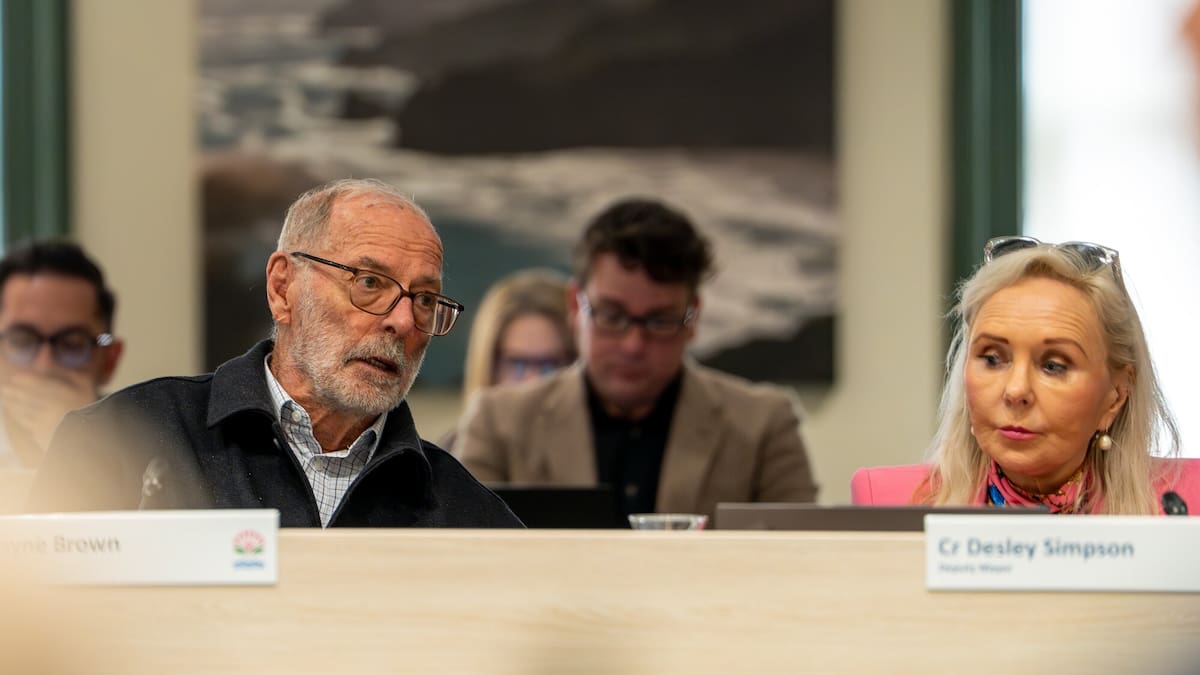Most homes were in a single-house residential zone, generally allowing up to two storeys, with mixed-housing zones and a terraced housing and apartments zone allowing three or more storeys, depending on the location.
“Special character overlays” were permitted. These could be established to protect streets with houses of historic value, or areas at risk from natural hazards like coastal erosion and flooding.
STORY CONTINUES AFTER LIVE BLOG
STORY CONTINUES
But in 2022, the Labour Government required greater density. The council was instructed to adopt a plan change that set out new “medium density residential standards” (MDRS). These stated that in almost all residential areas, properties could be divided in three, and a three-storey dwelling could be built on each property.
Special character overlays were still permitted.
The council’s plan change 78 (PC78), responding to this and adopting the MDRS, is now the default position. If no other decision is made, it will become law. PC78 allows for a capacity of two million homes.
It also says that no “downsizing” can occur. This means properties at risk of natural hazards cannot be zoned to prevent inappropriate dwellings being built on them.
The new Government has allowed the council to opt out of the MDRS, and to recognise natural hazards, provided it adopts a new plan that retains the same two million capacity.
The Minister of RMA Reform, Chris Bishop, has instructed the council to adopt a new plan with capacity for two million homes. Photo / RNZ, Mark Papalii
The Minister of RMA Reform, Chris Bishop, has instructed the council to adopt a new plan that does this, or stick with PC78. He has given the council no other option. It cannot revert to the AUP, or set everything aside to consider in the future.
This new plan is called PC120. It was adopted by the council in July, to be sent for comment to local boards, iwi and Government departments like the Department of Conservation. That has now happened.
After gaining council support today, it will be “notified”. This means it will be put out for public consultation and the submissions received will then be considered by an independent hearings panel (IHP). This is the normal process for dealing with zoning plans.
Bishop has advised Mayor Wayne Brown and councillor Richard Hills, who chairs the policy and planning committee of council, that the consultation period will run from November 3 until December 19. That’s seven weeks, soon after the new council is elected on October 11. (Postal voting for this election is now under way.)
Bishop has also advised that the IHP will meet next year and the whole process will take about 18 months. This means the result will not be known before the general election, which must be held no later than late next year.
Council documents for the debate today run to 3000 pages. Before the debate started, officials briefed councillors on the feedback they had received to date, and any other matters that councillors wanted clarification on.
The debate itself then began with a few proposed amendments. The meeting itself was not a meeting of the governing body, but of the policy and planning committee. This comprises all 20 councillors, the mayor and two members of Houkura, the Independent Māori Statutory Board.
Simon Wilson is a senior writer covering politics, the climate crisis, transport, housing, urban design and social issues, with a focus on Auckland. He joined the Herald in 2018.

